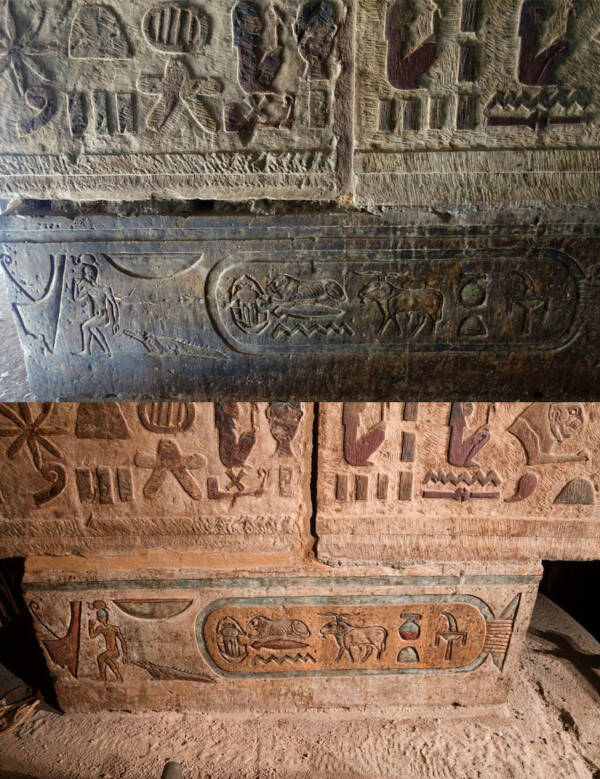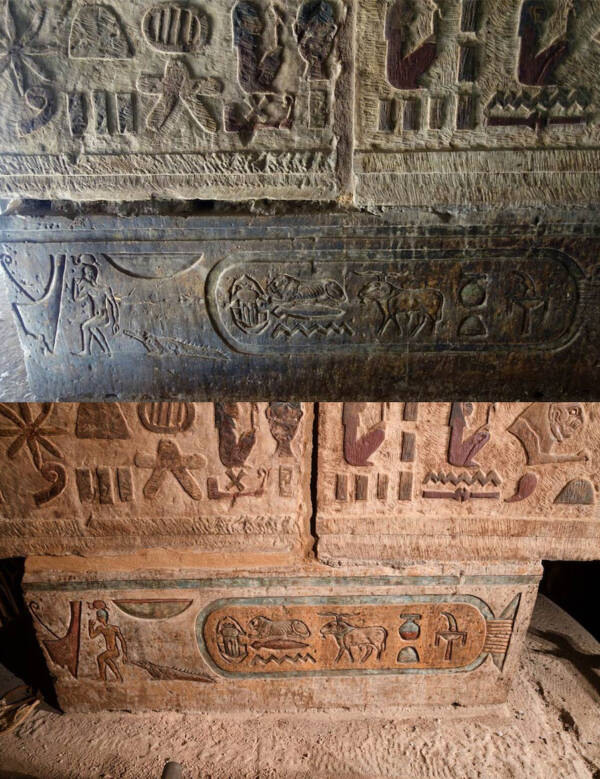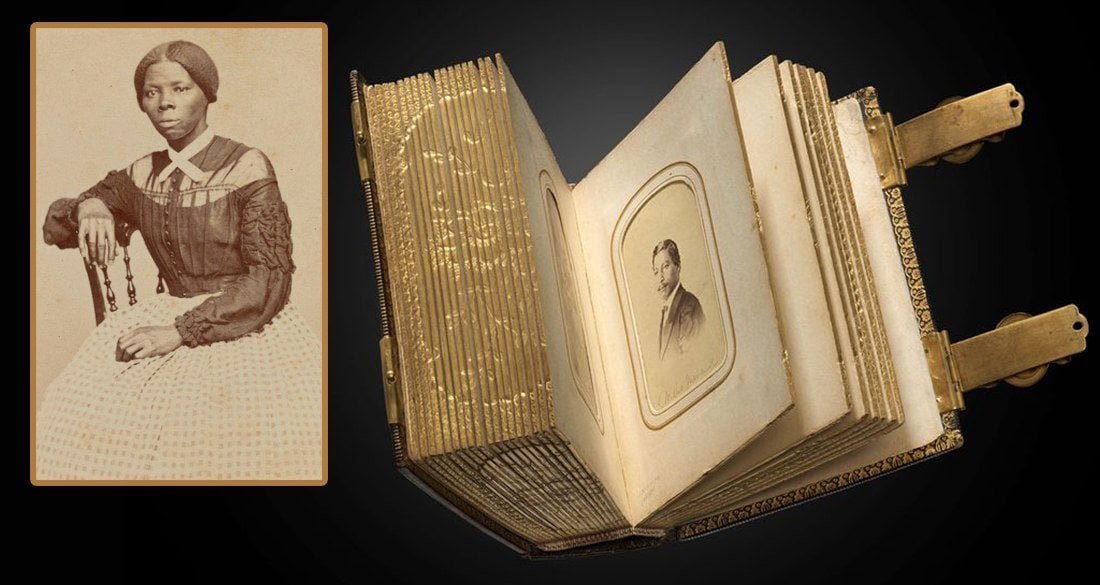“Discover the Secrets of Time: How Archaeologists Brought a 2,000-Year-Old Egyptian Temple Back to Life!”
Leitz and his colleagues believe that these elaborate inscriptions and decorative relief work probably took up to 200 years to complete. Fortunately, the temple is not only famous for its extremely high ceiling and the inscription work upon it, but is considered to hold the most recently-discovered coherent hieroglyphic texts of its era.
“They were previously undetected under the soot and are now being exposed piece by piece,” said Leitz. “Here we have found, for example, the names of ancient Egyptian constellations, which were previously completely unknown.”

University of TübingenThe upper image depicts a soot and earth-covered wall, as Serge Sauneron encountered it more than half a century ago. The bottom image depicts that same wall after the recent restoration.
Ancient Egyptian architects often included what they believed were universal numbers in their work. From the angles and ratios to the proportions and measurements of architectural features, these “magic numbers” correlated to the culture’s belief system. This makes the Esna vestibule all the more curious.
While it contains 24 gigantic support columns to hold up the ceiling, only the capitals of the 18 free-standing columns are decorated with varying plant motifs. For University of Tübingen Egyptologist Daniel von Recklinghausen, this has proffered a mystery yet to be solved.
“In Egyptian temple architecture this is an absolute exception,” he said.
The site’s preservation was likely supported by its location. Situated in the middle of the city center, officials were likely hesitant to use it as a quarry for building materials like many others were during the industrialization of Egypt. Instead, the temple had simply become a part of an increasingly modern city.












